What are lab-grown diamonds? The ultimate guide
Posted on: 30/09/2025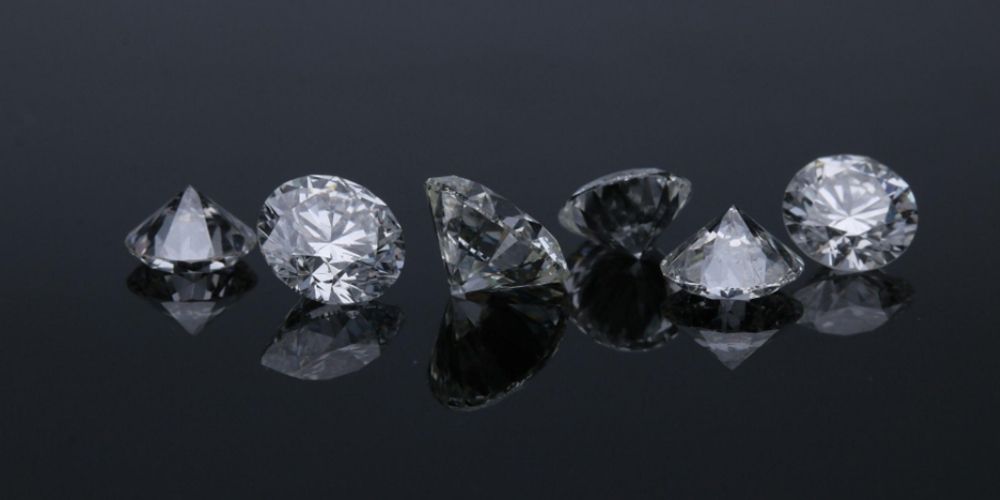
Want the beauty and unbeatable durability of diamonds without the hefty price tag? Lab-grown diamonds could be exactly what you’re looking for. For years, many believed that man-made diamonds weren’t as brilliant or long-lasting as their natural counterparts. But today, people are discovering that lab diamonds are just as fabulous as mined diamonds, plus they come with their own unique advantages.
So, what exactly is a lab diamond, and how is one made? In
this guide, we’ll take you through everything you need to know and have a
closer look at the lab-grown diamonds vs natural diamonds debate to help you
make an informed choice for your next piece of jewellery.
What are lab-grown diamonds?
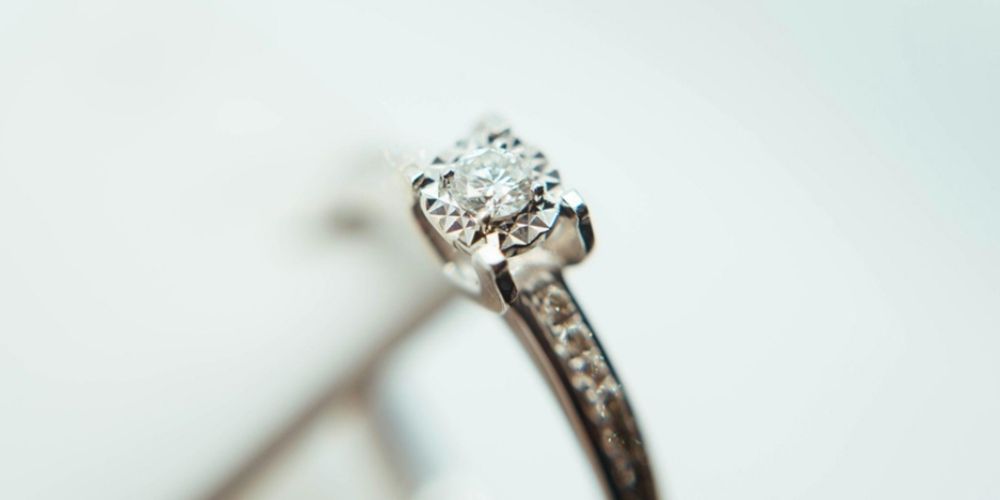
A lab-grown diamond is, as the name suggests, created in a lab rather than mined. It begins this process as a seed of a natural mined diamond and is developed under controlled conditions that replicate the way natural diamonds form. This means that visually and physically, a lab diamond is exactly the same as a mined diamond, with the same sparkle, durability, and Mohs rating. When comparing a lab-grown diamond vs a natural diamond, the only real difference is the process and speed at which they are made.
How are lab-grown diamonds made?
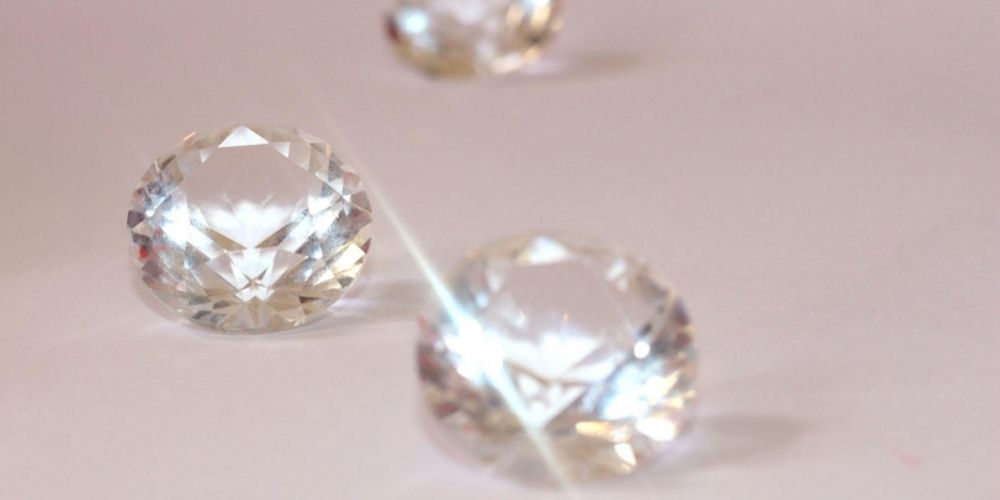
There are a couple of different ways lab-grown diamonds are made: the high pressure high temperature (HPHT) method and the chemical vapour deposition (CVD) method.
The HPHT method
The HPHT process was developed in the 1950s by scientists at General Electric. It was the first method used to create gem-quality lab-grown diamonds for diamond jewellery successfully, and is still often used today. This technique recreates the intense conditions under which a natural diamond is formed, but in a lab setting.
This method starts with the seed of a mined diamond, which is placed in a metal chamber with carbon. The tube is then exposed to intense heat (with temperatures between 1,300ºC and 1,600ºC) and extremely high pressure, which is applied through electric pulses. This mimics the conditions a natural diamond faces deep in the earth. Over time, the carbon melts and crystallises around the diamond seed, forming a diamond.
The length of the process depends on the desired size of the
diamond, and can range from a few days to a few weeks. For lab-grown diamonds
used in jewellery, the process usually takes two to four weeks.
The CVD method
While the CVD method was developed before HPHT, it wasn’t successfully used to create gem-quality diamonds until the 2000s. However, it is now the most commonly used method of the two (GIA).
Like HPHT, the CVD method starts with placing the seed of
the diamond in a metal chamber. The chamber is then filled with a mixture of
gases, including carbon, hydrogen, and oxygen, which are heated to temperatures
of around 800ºC to 900ºC. This breaks the gases down to carbon atoms, which
then settle onto the diamond seed layer by layer until a full diamond is
formed. The process usually takes a few days to a few weeks, depending on the
desired size and quality of the diamond.
How do lab-grown diamonds differ from mined diamonds?
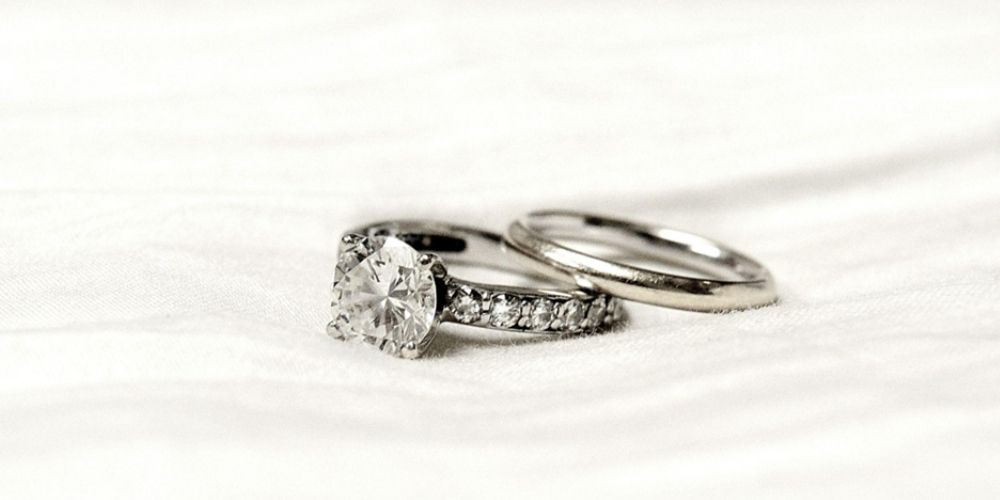
We now know how a lab-grown diamond is made, but aside from the production process, what is the difference between a lab-grown and a natural diamond? Well, in terms of the diamond itself, there isn’t much difference. While a gemologist can tell the difference between a lab-grown and a natural diamond upon very close inspection based on growth patterns, they are identical to the naked eye. They are also equal in terms of durability, both with a Mohs hardness rating of 10.
For most people, the main noticeable difference is cost.
Lab-grown diamond jewellery, such as the pieces available in our Blossom collection, is usually more affordable
than its natural counterparts. Prices vary depending on size and quality, but
on average, lab-grown diamonds are around 20% to 40% cheaper (International Gem Society).
Lab-grown vs natural diamonds: Pros and cons of
each
So, if lab-grown diamonds and mined diamonds are so similar, how do you choose which is right for you? Let’s take a closer look at the pros and cons of lab diamonds vs natural diamonds, so you can decide which is the best choice for your jewellery box.
|
Feature |
Lab-grown diamonds |
Natural diamonds |
|
Cost |
20% to 40%
cheaper on average |
More
expensive than a lab-grown equivalent |
|
Resale
value |
Typically
lower resale value |
Usually
retains resale value |
|
Quality |
Identical
chemical composition, hardness, and sparkle |
Identical
chemical composition, hardness, and sparkle |
|
Appearance |
Identical
to natural diamonds to the naked eye |
Identical
to lab-grown diamonds to the naked eye |
|
Rarity |
Man-made,
so lacks natural rarity |
Naturally
rare, so comes with traditional prestige |
|
Size |
Easier to
produce high-quality large stones |
Larger
stones are rare and more expensive |
|
Natural
variation |
No natural
variation |
Each
natural diamond is unique, with its own flaws and imperfections |
|
Historical/emotional
appeal |
Man-made,
so lacks history |
Formed
over millions of years, traditional and collectable |
|
Environmental
impact |
Lower
environmental footprint |
Higher
environmental impact (diamond mining can cause land disruption and high
energy use) |
At the end of the day, both types of diamond look identical to the naked eye, and both are the toughest gemstones available. When making your choice, it ultimately comes down to personal preference. But do you even need to choose? There is no need to fill your jewellery box with one or the other. After all, no one will be able to tell if you are pairing a set of lab-grown diamond earrings with a natural diamond necklace.
That being said, if you’re shopping for a piece with special
significance, like a diamond engagement ring, it’s especially
important to consider the recipient’s preferences. Since this is a very
personal and meaningful piece of jewellery, choosing between lab-grown and
natural diamonds should reflect their taste as well as their values.
Lab diamond FAQS
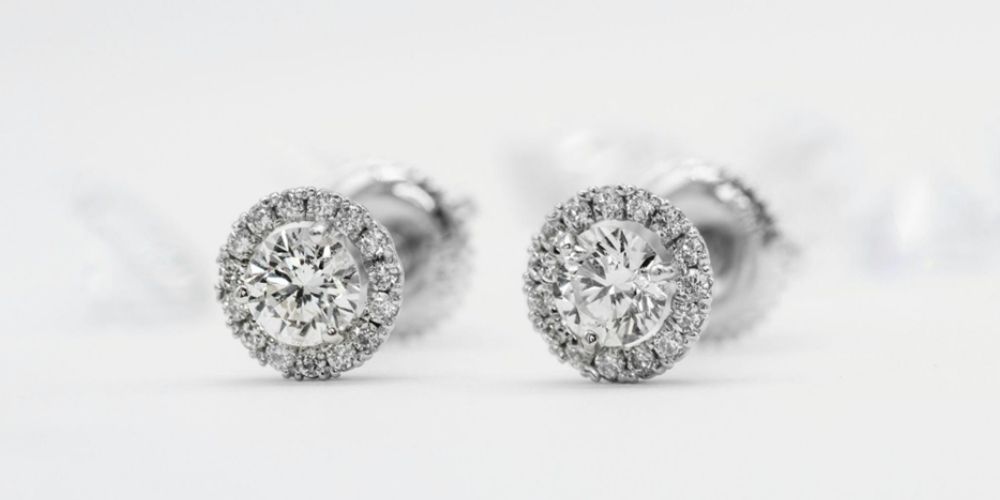
Are lab-grown diamonds real?
Yes! A lab-grown diamond is a real diamond. Lab diamonds are made using the seed of a natural mined diamond, and they still have the same chemical composition, hardness, and sparkle as natural diamonds – the only difference is how they are made.
In the past, they were called “synthetic diamonds,” which
fuelled the misconception that they were fake. Today, the term lab-grown
diamond is preferred. This highlights that while they are man-made, they are
every bit as genuine as natural diamonds.
Are lab-grown diamonds cheaper?
When it comes to choosing between lab-grown diamonds vs natural diamonds, the former wins the battle in terms of cost. As already mentioned, lab-grown diamonds tend to be around 20% to 40% cheaper than their mined counterparts. This is partly because the labour costs are lower, as lab-grown diamonds don’t require large-scale mining operations or long supply chains.
Another factor is greater supply control. Producers of lab
diamonds know the exact size and quality they need to make, and can manipulate
the conditions to do so. With mined diamonds, there’s more variation in size
and quality, so you don’t know exactly what you’ll get until the diamond is
extracted.
Do lab-grown diamonds hold their value?
Lab-grown diamonds typically don’t retain value as well as natural diamonds. This is because they can be produced on demand and in larger quantities, so their resale market is smaller and prices are usually lower than the original purchase price.
That being said, lab-grown diamonds do not lose all of their
value — resale prices are typically 30% to 40% lower than the purchase price.
Plus, if you’re investing in a special piece of jewellery that you don’t plan
to sell, resale value may not need to be factored into your decision when
choosing between a lab-grown or natural diamond.
Is moissanite a lab-grown diamond?
A moissanite is neither a lab-grown nor a natural diamond; it is a different gemstone altogether. It was first discovered in a meteorite in the late 1800s. While it does occur naturally, it is extremely rare. That’s why almost all moissanite sold today is lab-created.
Moissanite has a similar appearance to diamonds and is known
for its brilliance and sparkle. It is also very durable, with a Mohs hardness
of 9.25, though not quite as durable as diamonds, which have a hardness of 10.
Moissanite can sometimes have a faint yellow or grey tint, and it is generally
sold for less than both lab-grown and mined diamonds.
How long does it take to make a lab-grown
diamond?
In the battle of lab diamonds vs natural diamonds, one area where man-made diamonds clearly win is speed of creation. Natural diamonds take millions or even billions of years to develop. Even once they have been mined, they still require time to be sorted by size and quality, then cut, polished, and set into jewellery.
Lab-grown diamonds, on the other hand, usually take no more
than four to six weeks to form. Produced to exact specifications and often free
of impurities or flaws, they can be turned into finished jewellery much more
quickly than natural diamonds.
Do lab-grown diamonds pass a diamond tester?
Yes, all lab-grown diamonds will pass a diamond tester as
they are real diamonds. Diamond testers usually measure thermal or electrical
conductivity, and lab-grown diamonds behave the same way as mined diamonds on
these tests. That means a standard diamond tester cannot tell the difference
between a lab-grown and a natural diamond.
Do lab-grown diamonds have the same sparkle and
brilliance as natural diamonds?
It is a common misconception that lab diamonds don’t sparkle
as much as natural diamonds, but this is not the case. As they share the same
physical properties as mined diamonds, they reflect and refract light in the
same way. The only potential difference might come from cut quality, which
affects how well any diamond reflects light. A well-cut lab-grown diamond will
sparkle just as brilliantly as a well-cut natural diamond. Want to find out
more about diamond cut, clarity, colour, and carat? Check out our guide to the 4 C’s.
Can lab-grown diamonds be used in engagement
rings?
Yes, lab-grown diamonds are a fantastic choice for
engagement rings! They are a great choice for those who want the timeless
beauty of diamonds but are working with a smaller engagement ring budget. They
are also ethically sourced and environmentally-friendly, which can be an
important consideration for many couples.
Do lab-grown diamonds come with a certification
like natural diamonds?
Yes, lab-grown diamonds typically come with certification,
just like natural diamonds. Reputable labs, including GIA (Gemological
Institute of America), IGI (International Gemological Institute), and AGS
(American Gem Society), provide grading reports for lab-grown diamonds,
detailing key characteristics including the 4 C’s. The only difference is that
the report will clearly state the diamond is lab-grown, making its origin
transparent.
Which type of lab diamonds are better: CVD or
HPHT?
Just like the difference between natural and lab-grown diamonds, the difference between CVD and HPHT diamonds is usually invisible to the naked eye. CVD diamonds can sometimes have a slight brown or grey tint, although modern treatments often remove this. HPHT diamonds may contain tiny metallic inclusions. These don’t affect durability and can’t be seen without magnification.
In the end, both CVD and HPHT diamonds are beautiful, durable, and virtually indistinguishable once set in jewellery.
After reading this guide, you should feel confident when buying lab-grown diamond jewellery. At the end of the day, the difference between lab-grown and natural diamonds isn’t about quality, but about personal preference.
Looking to add diamonds to your collection? Whether you want lab-grown or natural, we have the pieces for you here at Chapelle. Explore our full diamond jewellery range for diamond rings, earrings, necklaces, and bracelets, from leading diamond brands including Blossom, Starburst, and Polar Fire.
Still deciding on
your next purchase? Explore our other buying guides for expert tips on buying an
engagement ring, understanding
diamonds, and more.
